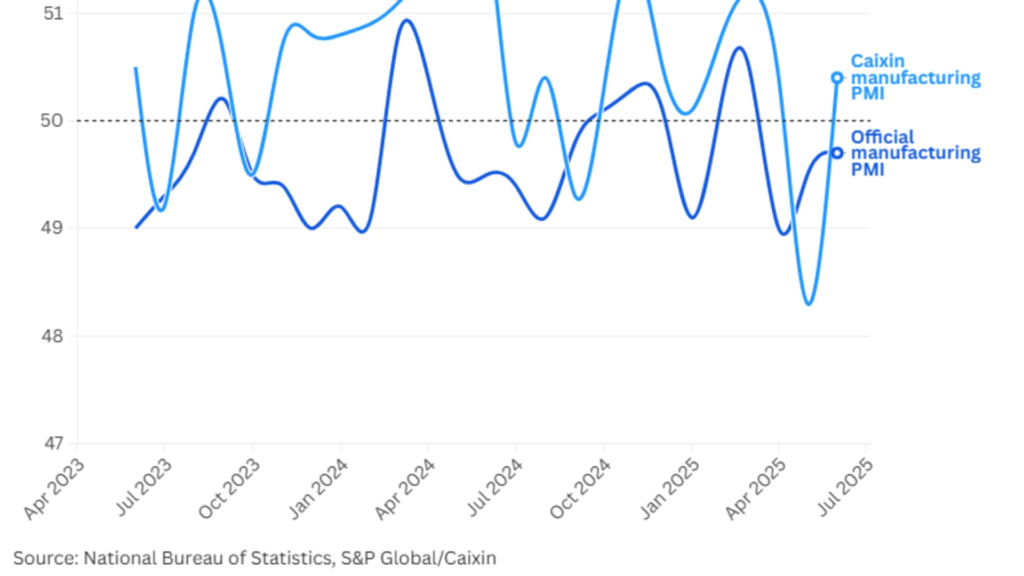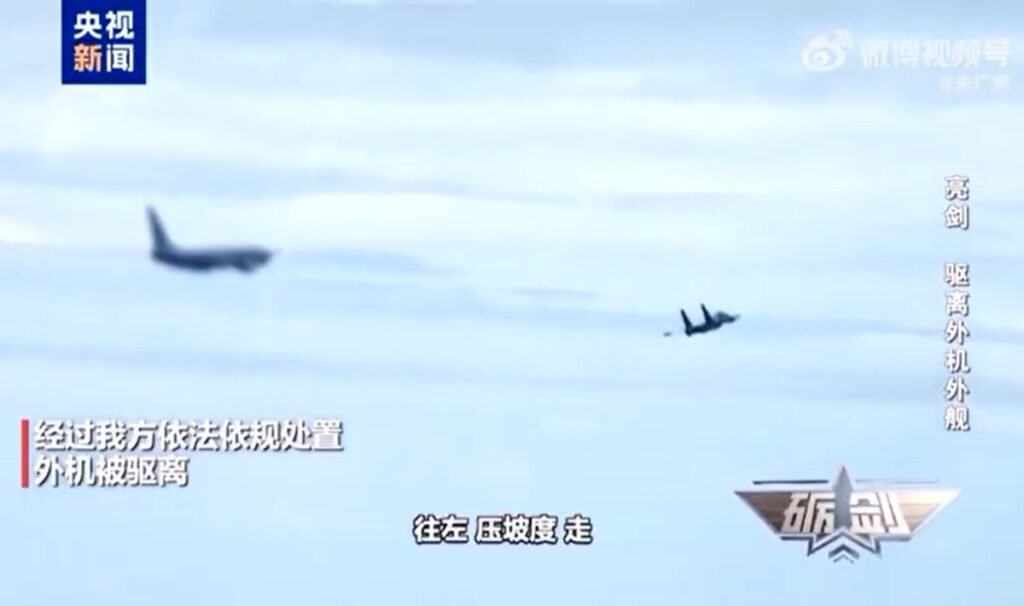China’s Northwestern Polytechnical University last week flew a hypersonic craft and claimed the test achieved some world-first feats.
The University named the craft “Feitian-2” and according to Chinese media the test flight saw it reach Mach 12 (14,800 km/h or 9,200 mph) – handily faster than the Mach 5 speeds considered to represent hypersonic flight.
Chinese media have not detailed the size of Feitian-2, or its capabilities other than to repeat the University’s claim that it combined a rocket and a ramjet into a single unit.
Readers will be familiar with rockets, which carry fuel and oxidizers that ignite to blast out torrents of hot gas to produce thrust. Ramjets carry only fuel because they instead rely on air rushing into a jet engine, where it becomes compressed and acts as the oxidizer.
Combining a rocket and ramjet in a single vehicle is not easy. Switching from one form of propulsion to the other is harder still.
The University and Chinese media claim the Feitian-2 flew autonomously while changing from rocket to ramjet while handling the hellish stresses that come with high speed flight.
This test matters because, as the US Congressional Budget Office found in 2023, hypothetical hypersonic missiles “have the potential to create uncertainty about what their ultimate target is. Their low flight profile puts them below the horizon for long-range radar and makes them difficult to track, and their ability to maneuver while gliding makes their path unpredictable.”
“Hypersonic weapons can also maneuver unpredictably at high speeds to counter short-range defenses near a target, making it harder to track and intercept them,” the Office found.
The USA is working on its own hypersonic missiles, in part because it thinks China and Russia are doing likewise.
Washington is so worried about Beijing developing hypersonic weapons that the Trump administration cited the possibility as one reason for banning another 27 Chinese organizations from doing business with US suppliers of AI and advanced computing tech.
The flight of Feitian-2 was therefore a further demonstration of China’s ability to develop advanced technologies despite US bans. ®










